The Future of Digital Marketing: The Ultimate Beyond Guide 2025
From Posters to Pixels – How Marketing Changed Forever
In the early 2000s, if you wanted to promote your shop, you might print flyers or buy a newspaper ad. Big brands used TV commercials or giant billboards to grab attention.
But then came the internet revolution.
Suddenly, people spent hours browsing websites and chatting on Orkut, Yahoo Messenger, and later Facebook. Businesses realized they could reach customers online, and digital marketing was born.
Fast forward to 2025:
- The average person spends 6–8 hours daily online.
- People buy products directly from Instagram, TikTok, and even WhatsApp.
It’s no longer about just being online—it’s about staying ahead in a fast-changing world of algorithms, AI, and smart devices.
This blog will cover everything you need to know about the future of digital marketing:
- What it is (explained simply)
- Its advantages & disadvantages
- Future trends shaping 2025 and beyond
- Real-world examples of brands doing it right
- And an action plan to prepare your business
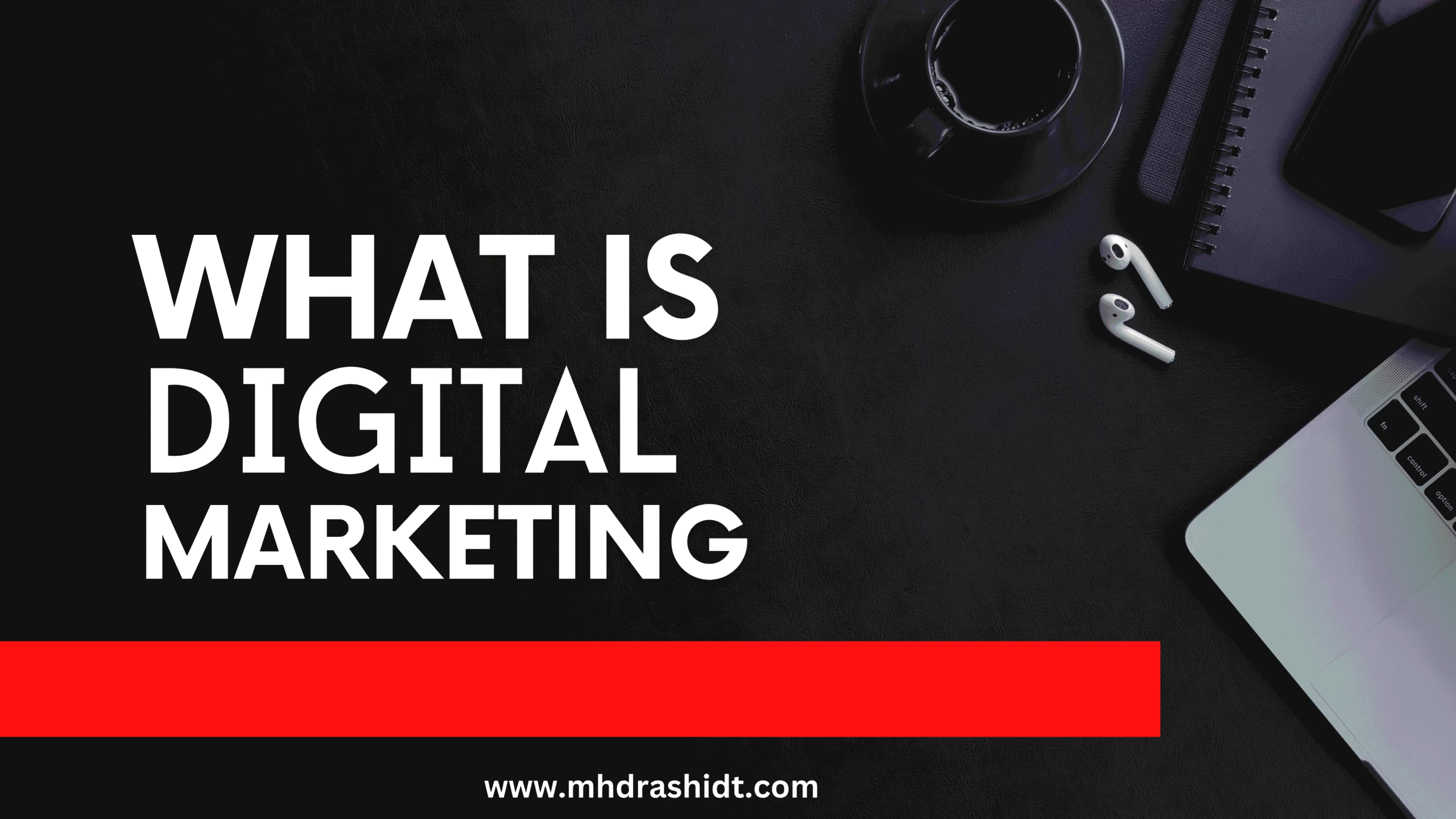
What is Digital Marketing?
Digital marketing is promoting your products or services using the internet and digital platforms.
Instead of handing out flyers or paying for TV spots, businesses now use:
- Websites and blogs
- Social media (Facebook, Instagram, LinkedIn)
- Google search ads
- Email campaigns
- YouTube videos
- Mobile apps and notifications
It’s not just advertising; it’s about building relationships with customers and creating experiences they remember.
Why Businesses Use Digital Marketing
- Reach global customers
- Target only people likely to buy
- Track results in real-time
- Adjust campaigns quickly
- Spend less but reach more
Main Types of Digital Marketing (Deep Dive)
Search Engine Optimization (SEO)
SEO helps to appear on top of Google search results.
Example: A bakery in Kochi wants people searching “best chocolate cake near me” to find their shop first.
Future Trend: SEO will focus on voice searches and AI-driven results.
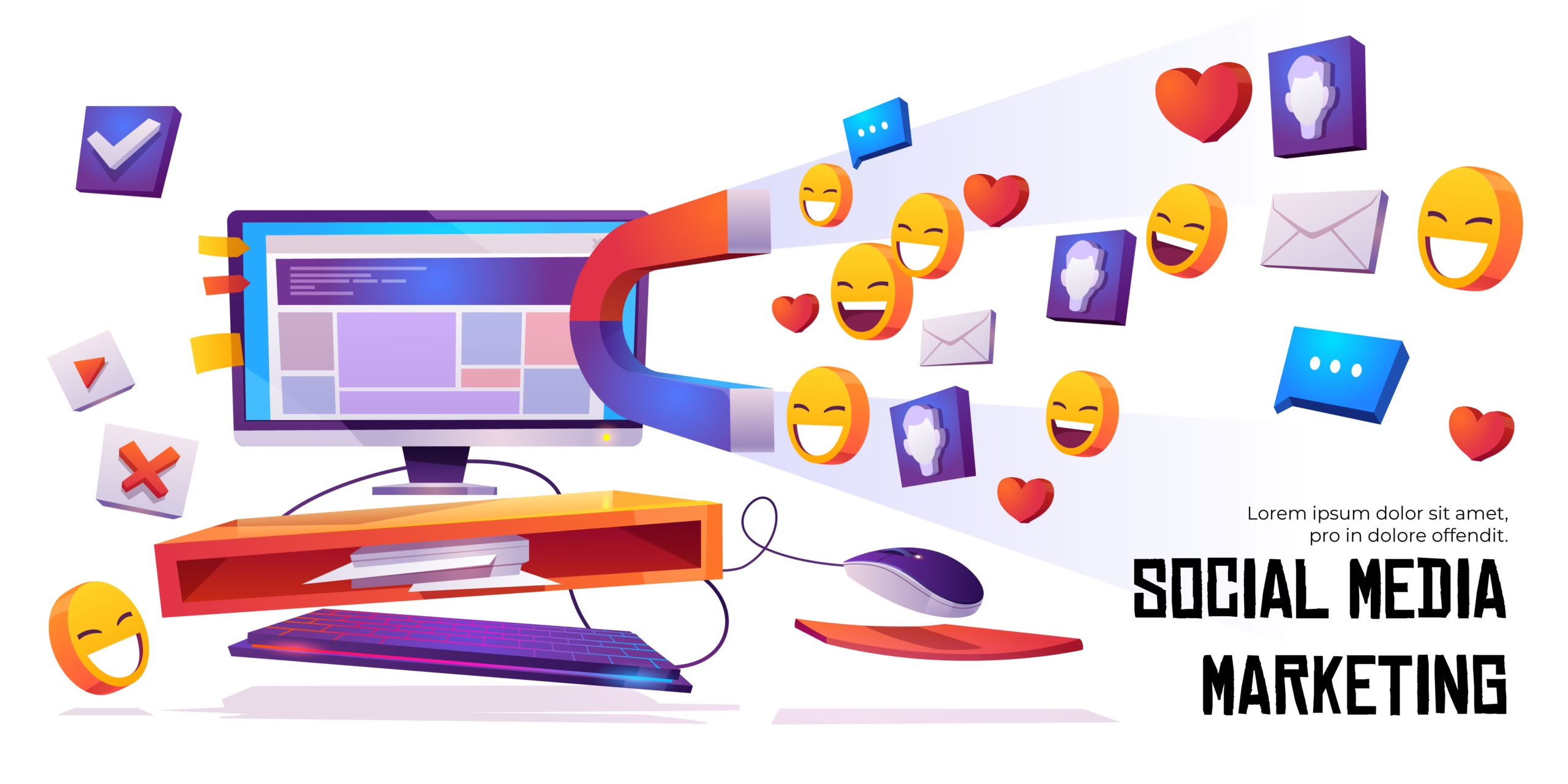
Social Media Marketing (SMM)
Promoting your business on the social media platforms like Facebook, Instagram, TikTok, and LinkedIn.
Example: A clothing brand using Instagram Reels to showcase their new collection.
Future Trend: Social media will become full-fledged shopping platforms.
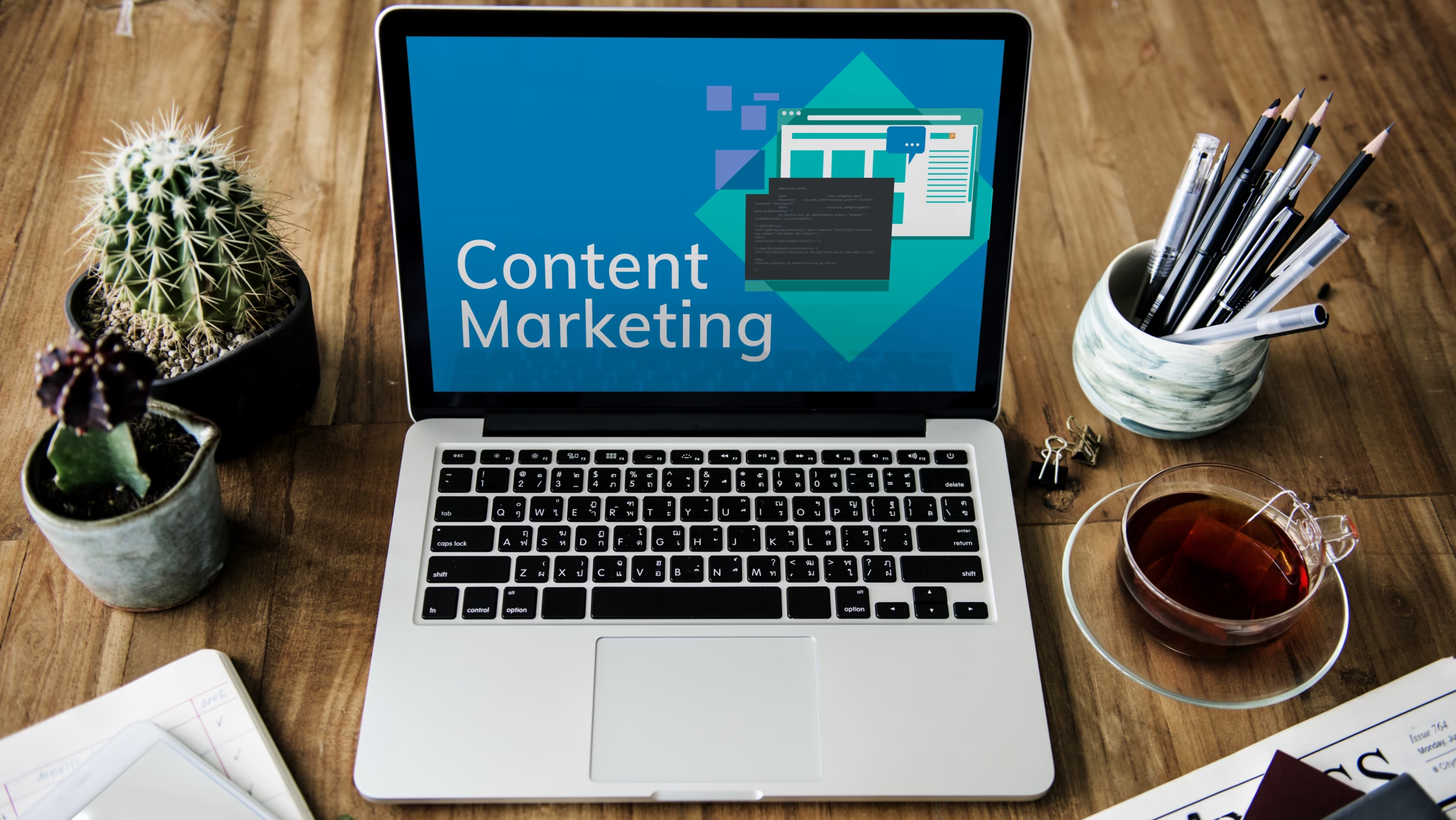
Content Marketing
Creating blogs, videos, eBooks, or infographics that give value to your audience.
Example: A fitness coach posting “10-Minute Home Workout” videos on YouTube.
Future Trend: Interactive and AI-generated content will dominate.

Email Marketing
Sending offers, newsletters, or updates directly to inboxes.
Example: Amazon sending daily deal emails.
Future Trend: Emails will become hyper-personalized using AI.

Pay-Per-Click Ads (PPC)
Paid ads where you’re charged only when someone clicks.
Example: Google Ads showing your business at the top of search results.
Future Trend: AI will optimize campaigns automatically for better ROI.
Affiliate Marketing
Paying influencers or bloggers a commission to promote your product.
Example: A beauty influencer recommending a skincare product and earning a percentage of sales.
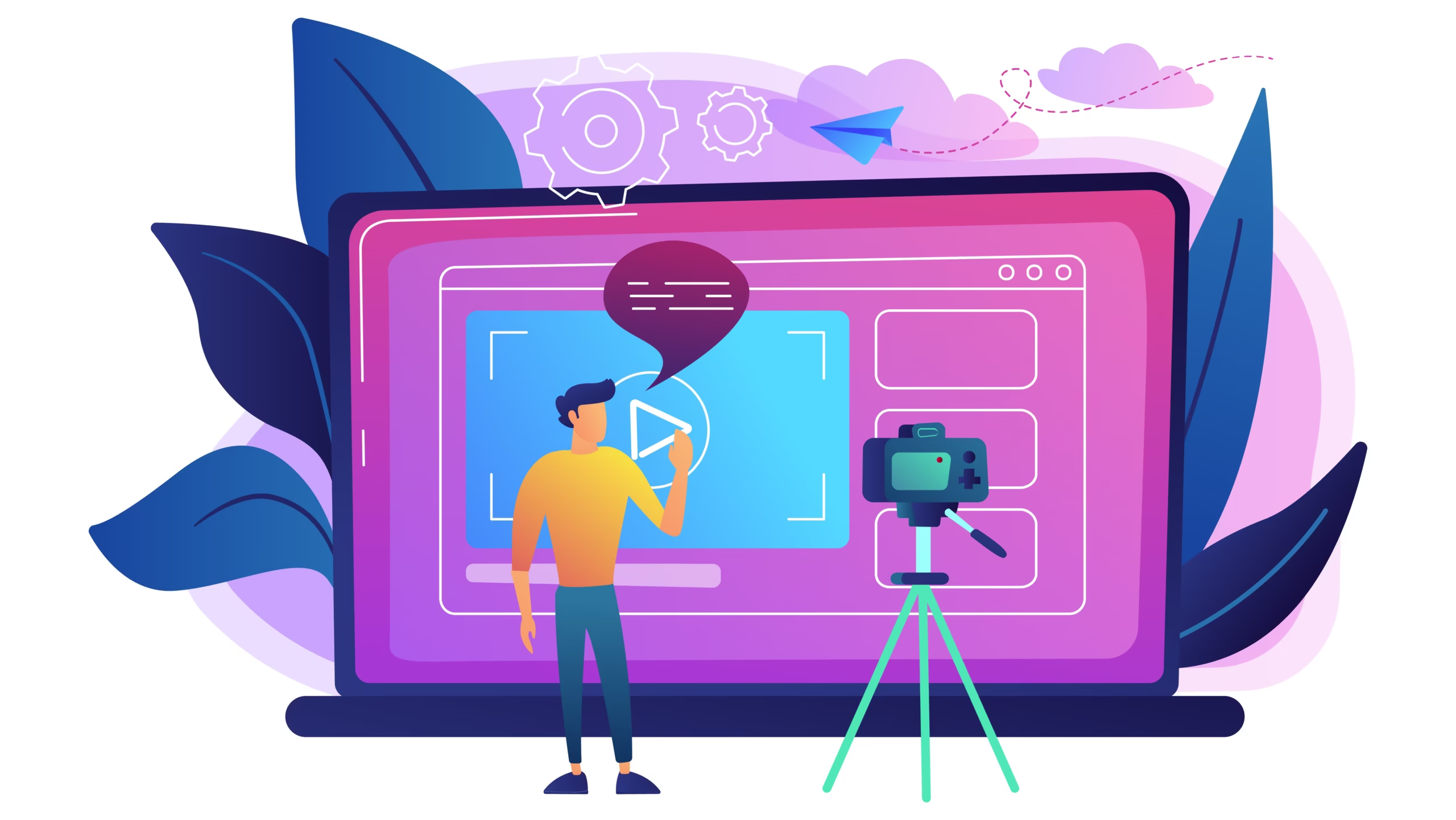
Video Marketing
Creating engaging video content for platforms like YouTube or TikTok.
Example: A cafe posting “behind the scenes” videos of their cooking process.
Future Trend: Short-form videos and shoppable videos will take over.
Advantages of Digital Marketing
Global Reach
Even a small shop in Malappuram can sell products to customers in Dubai, the UK, or the US.
Real Example: Many Kerala-based handicraft businesses now sell worldwide through Instagram and Shopify.
Cost-Effective
A Facebook ad worth ₹500 can reach 10,000+ people, unlike costly newspaper ads. Small businesses with tight budgets can still achieve big results.
Targeted Audience
Digital ads allow you to choose your audience based on location, age, interests, and even behavior.
Example: A shop selling baby clothes can target only new moms in their city.
Measurable Results
Tools like Google Analytics show:
- How many people clicked your ad
- How many visited your site
- How many purchased
This helps businesses make smart decisions.
Better Customer Engagement
Chatbots, live chats, and instant DMs help you connect with customers faster than ever.
Disadvantages of Digital Marketing
High Competition
With everyone online, standing out requires creativity and consistent effort.
Technical Knowledge Required
You need to understand tools like SEO, Google Ads, and email campaigns to succeed.
Privacy Concerns
Customers are now cautious about sharing their data online.
Fast-Changing Trends
- What works today might not work tomorrow (like how Facebook’s organic reach dropped suddenly).
Future Trends in Digital Marketing
Artificial Intelligence (AI)
AI tools like ChatGPT are now writing blogs, creating designs, and even handling customer service.
Voice Search Optimization
More people use Siri, Alexa for online search.
Future Tip: Use conversational language in your website content.
Video Content Will Rule
Short videos (Reels, Shorts) dominate because people love fast, engaging content.
Social Media Shopping
Instagram now lets users shop directly within the app, making it easy to browse, purchase, and checkout without ever leaving their feed.
Augmented Reality (AR) & Virtual Reality (VR)
Lenskart’s “try glasses virtually” feature is a perfect AR example.
Metaverse Marketing
Big brands like Gucci and Nike are creating virtual stores in metaverse platforms.
Digital marketing is evolving rapidly, and several key factors are fueling its continuous growth. Here’s why it will keep expanding in the coming years:
- Rise in Smartphone Users:
Every day, more people around the world are accessing the internet through smartphones. This constant connectivity allows businesses to reach users instantly through websites, apps, and social media platforms. As smartphone usage increases, so does the opportunity for brands to market their products anytime, anywhere. - Video Content & Reels Dominate:
Short-form video content like Instagram Reels, YouTube Shorts, and TikTok videos have become a part of people’s daily routines. Consumers prefer quick, engaging visual content — and marketers are adapting fast. Video marketing is more effective in capturing attention, building brand awareness, and driving sales. - AI Simplifies Marketing for Small Businesses:
Artificial Intelligence is revolutionizing digital marketing by offering smart tools for ad targeting, content creation, customer support, and data analysis. For small businesses, AI reduces the need for large teams and high budgets, making it easier to compete with bigger brands.
In short, The future of digital marketing continues to grow because it’s becoming more accessible, more engaging, and more effective — for businesses of all sizes.
 Step-by-Step Action Plan for Your Business with Digital Marketing (2025) ; The Future of Digital Marketing
Step-by-Step Action Plan for Your Business with Digital Marketing (2025) ; The Future of Digital Marketing
If you want your business to grow in the future of digital marketing, follow this step-by-step roadmap:
Step 1: Build a Strong Digital Foundation
Create a mobile-friendly website
- More than 60% of web traffic comes from smartphones.
- Your website must load fast, look professional, and be easy to navigate.
Set up your Google My Business profile
- Helps people find your store or office in local searches.
Start an email list
- Collect customer emails for newsletters, offers, and updates.
Step 2: Focus on Content That Adds Value
Content is the king of The future of digital marketing. But not all content works—you need valuable, engaging, and shareable content.
- Write blog posts that answer customer questions.
- Create how-to videos and behind-the-scenes stories.
- Upload engaging Reels and TikToks to connect with your audience.
Example: A local bakery can post a recipe video titled “5-Minute Chocolate Mug Cake” to attract food lovers.
Step 3: Use AI and Automation Tools
AI tools like ChatGPT can help you:
- Write blog posts
- Generate ad copy
- Create social media captions
Automation platforms like Mailchimp or HubSpot:
- Send emails automatically
- Schedule social media posts
This saves you time and ensures your marketing runs 24/7.
Step 4: Invest in Paid Ads for Faster Growth
- Run Google Ads to appear on top of search results.Use Facebook and Instagram Ads to target people based on their age, location, and interests.
- Experiment with YouTube Ads for video promotion.
Step 5: Track and Improve Your Campaigns
Use Google Analytics to monitor:
- How many people visit your website
- Which pages they like most
- Where your traffic comes from
Regularly check your ad performance and improve.
Conclusion: The Future of Digital Marketing is Bright—Are You Ready?
From the early days of emails and static websites to today’s dynamic landscape filled with social media, AI-powered tools, and immersive video content, the journey has been nothing short of revolutionary. But here’s the reality: everything we’ve seen so far is just a preview of what’s coming next.
The Future of Digital Marketing promises even faster, smarter, and more personalized experiences. Consumers will shop directly from social media platforms, use voice assistants like Alexa to discover services, and explore products through AR and VR before buying. It’s not science fiction—it’s the next phase of marketing evolution.
There are countless benefits to embracing The Future of Digital Marketing. Brands can reach global audiences, engage customers in real time, and monitor every interaction with pinpoint precision. But challenges remain. As competition rises and trends shift rapidly, only those equipped with the right tools and strategies will succeed.
To prepare for The Future of Digital Marketing, start by reinforcing your foundations:
Build a strong, mobile-responsive website.
Share valuable content that solves real customer problems.
Use social media to build trust and authentic connections—not just to push content.
Explore automation tools, AI technologies, and emerging platforms that can save time and boost impact.
Modern consumers are more informed than ever. They don’t respond to traditional sales tactics—they crave stories, real experiences, and brands they can believe in. That’s why The Future of Digital Marketing isn’t about flashy ads; it’s about relevance, resonance, and building long-term relationships.
The most exciting part? The Future of Digital Marketing levels the playing field. Whether you’re a small startup or a growing brand, success doesn’t depend on massive budgets—it depends on creativity, consistency, and adaptability.
The time to act is now. Experiment with trends, invest in learning, and take even the smallest steps forward. The digital world doesn’t wait. It rewards businesses that move boldly into the future.
So, are you ready to lead in The Future of Digital Marketing?
Your next move could define your business for years to come. Start today—because tomorrow’s leaders are already taking action.
SEE MY PORTFOLIO ; Click Here
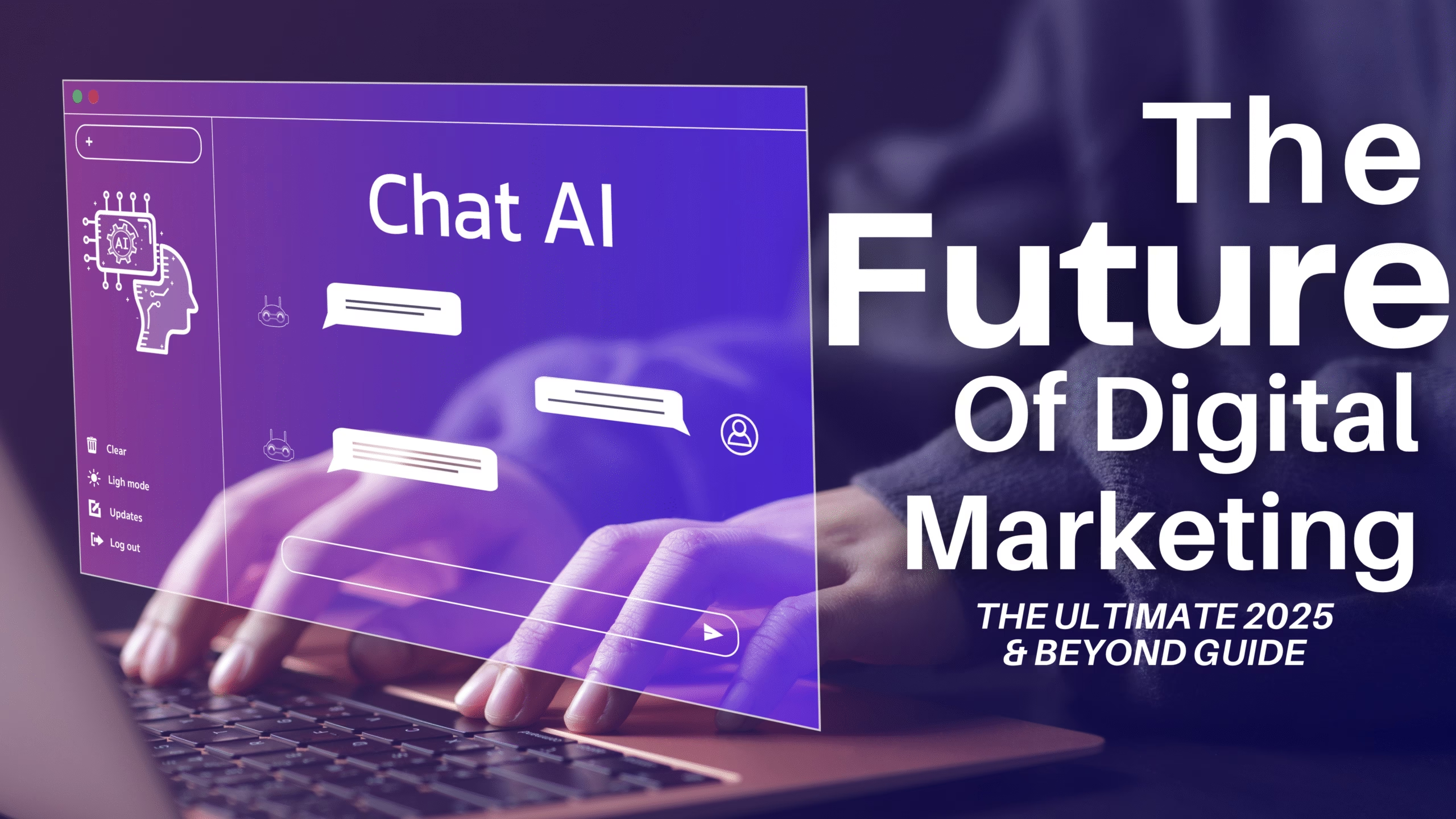
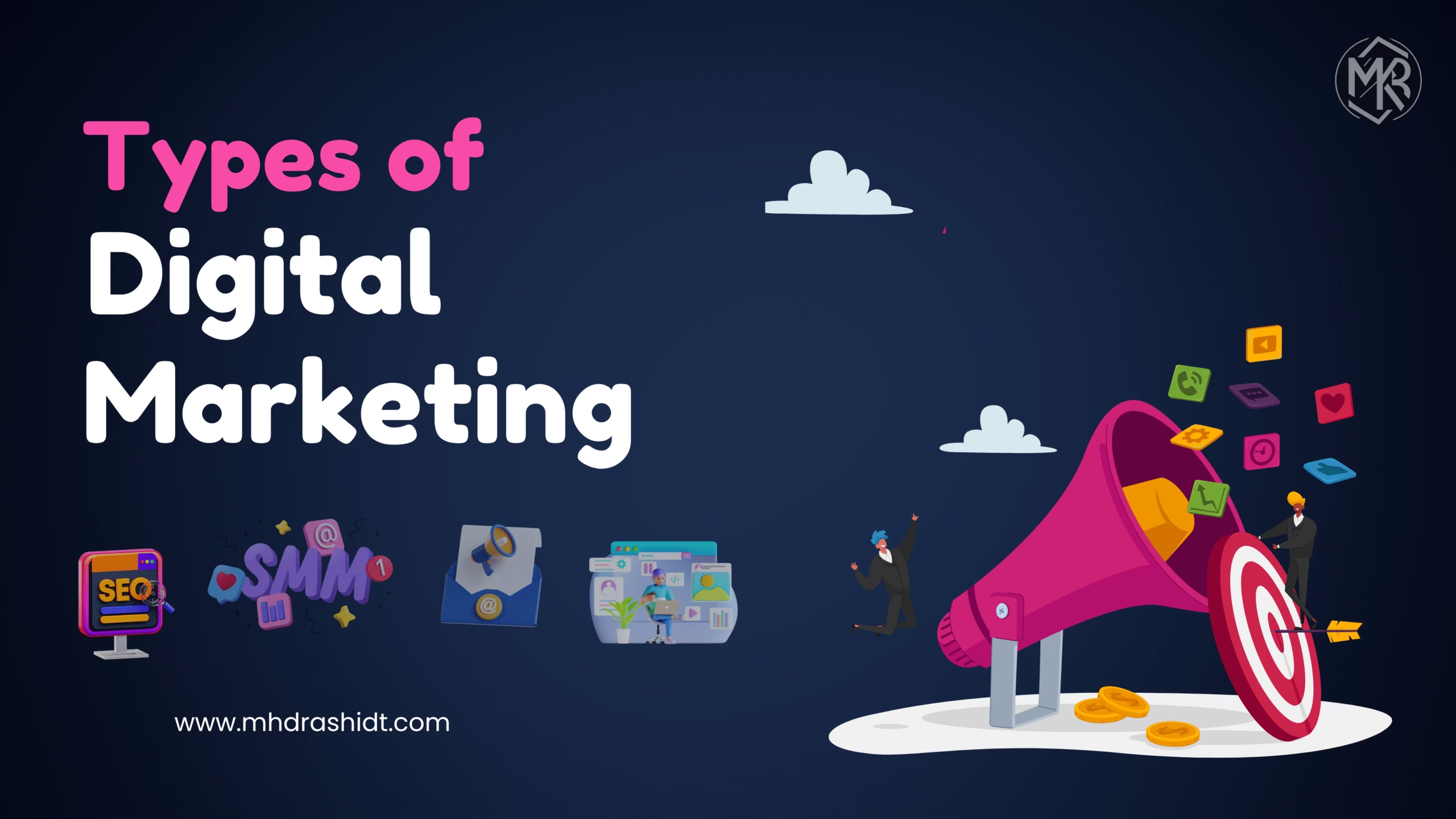
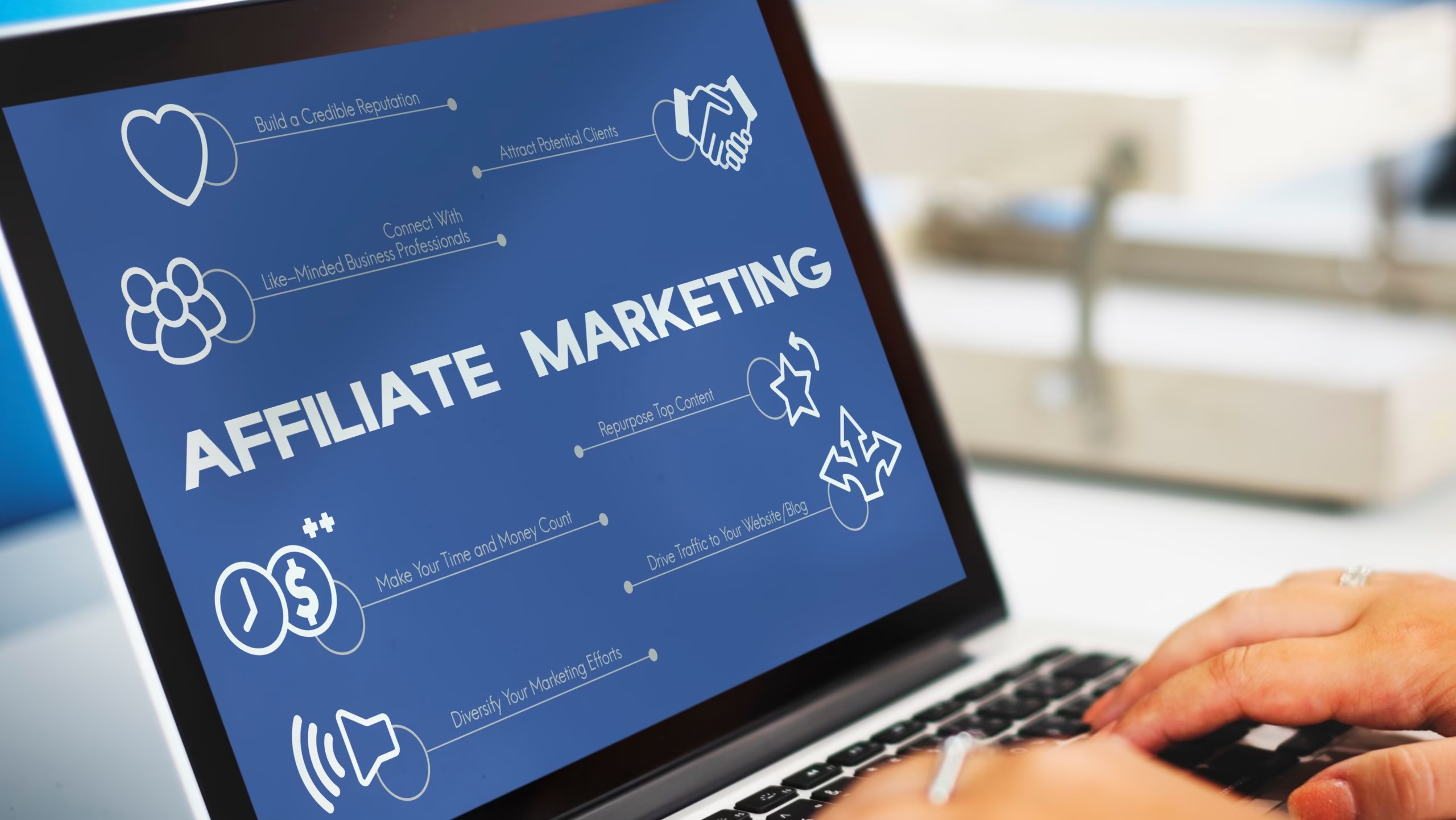
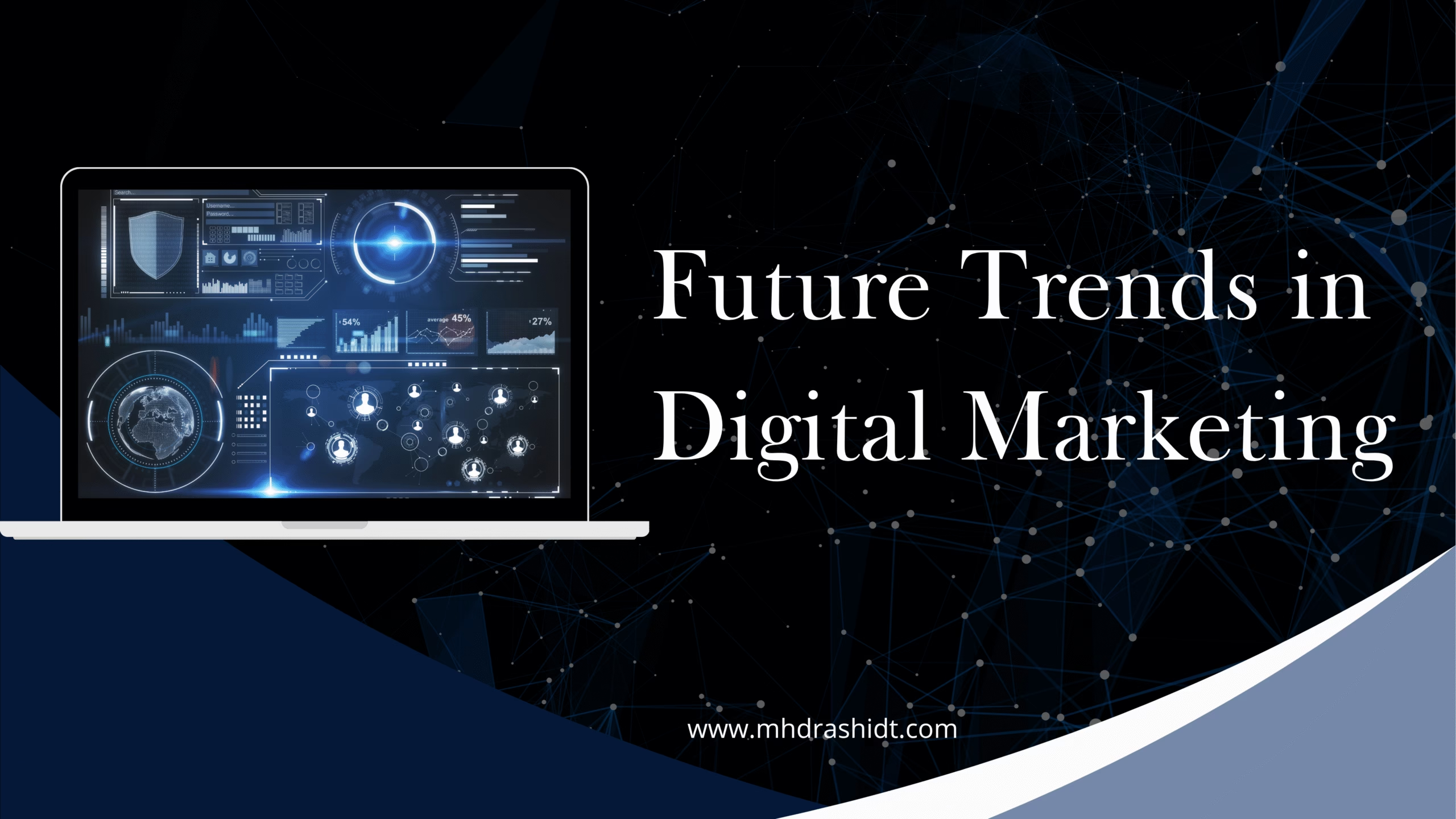
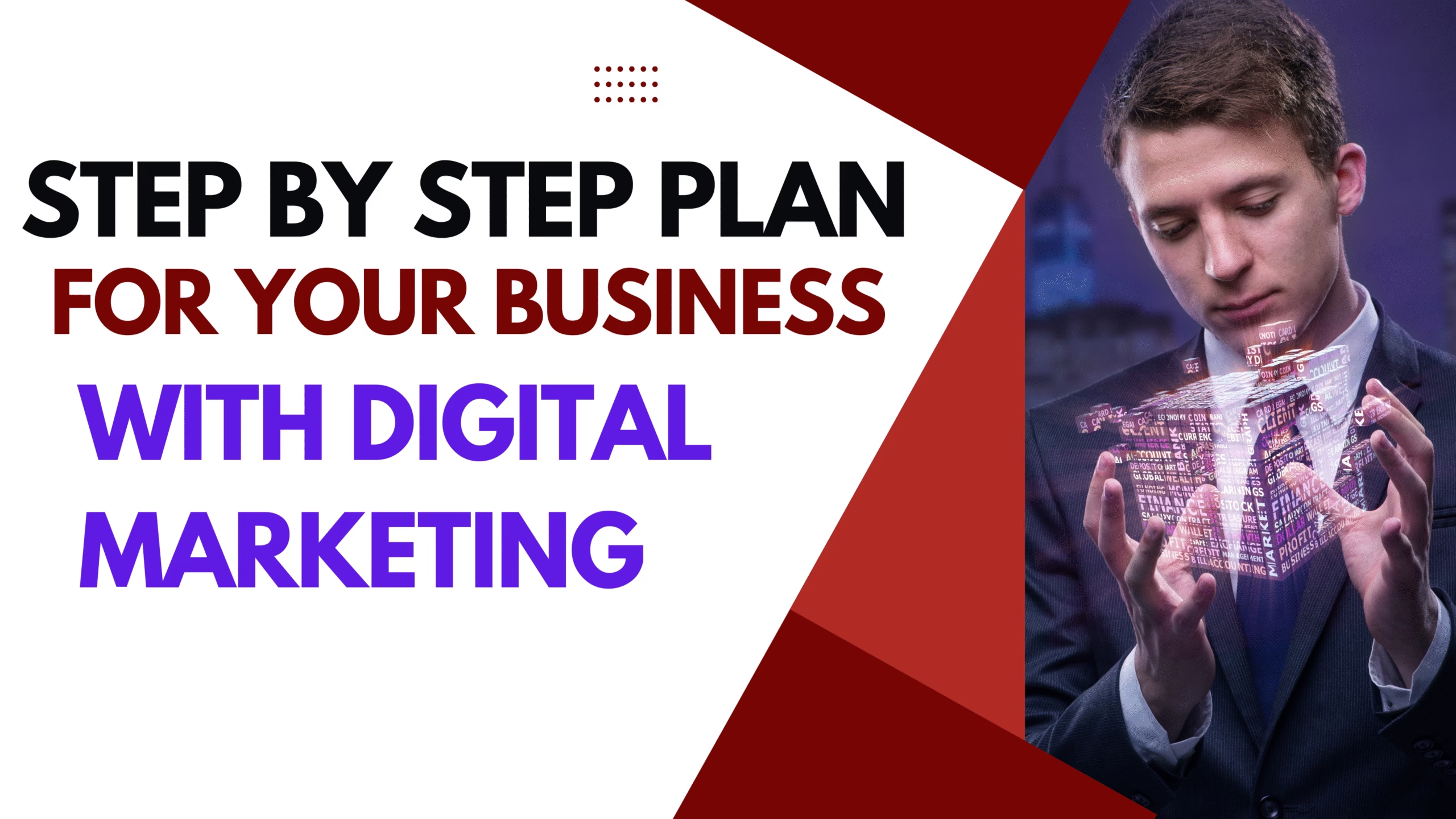 Step-by-Step Action Plan for Your Business with Digital Marketing (2025) ; The Future of Digital Marketing
Step-by-Step Action Plan for Your Business with Digital Marketing (2025) ; The Future of Digital Marketing